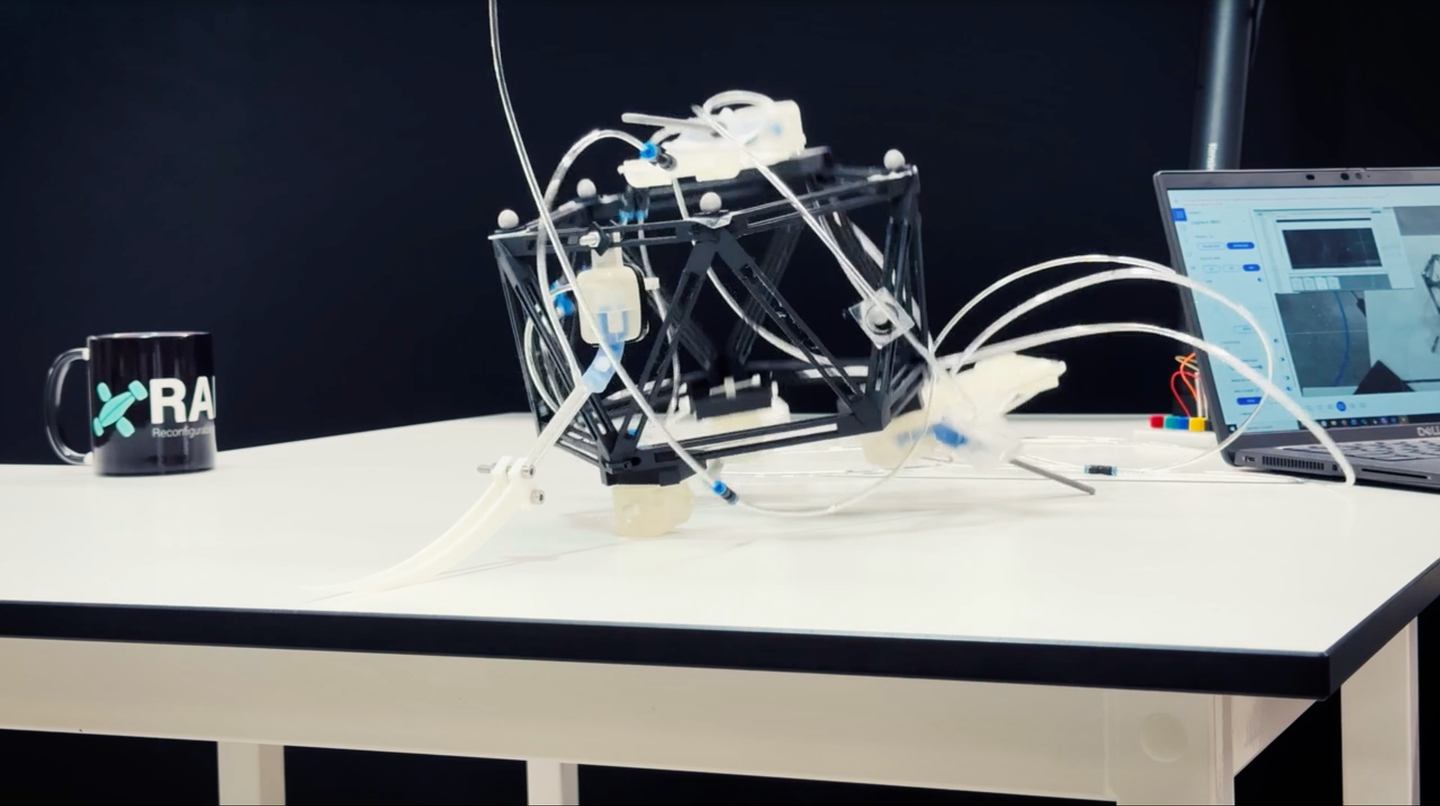Scientists discover an exciting new way to treat Alzheimer’s and other neurodegenerative diseases
The human brain depends on a steady stream of energy to keep its complex network of neurons and support cells functioning.

Tokyo Metropolitan University offers new insight into how the brain’s support cells, known as glia, might be involved in this destructive process. (CREDIT: CC BY-SA 4.0)
The human brain depends on a steady stream of energy to keep its complex network of neurons and support cells functioning. When something disrupts that stream—especially glucose metabolism—important brain functions begin to break down.
In diseases like Alzheimer’s, this breakdown has serious consequences. But now, research from Tokyo Metropolitan University offers new insight into how the brain’s support cells, known as glia, might be involved in this destructive process—and how changing their glucose use could slow it down.
The Hidden Role of Glial Cells in Brain Health
While neurons often get the spotlight, glial cells quietly work behind the scenes, helping neurons survive, process signals, and stay protected. These non-neuronal cells also play a key role in the brain’s immune response. When there's an infection or injury, glial cells become activated, clearing out waste and triggering inflammation to fight off threats.
In healthy brains, this process is helpful. But in people with Alzheimer’s disease, glial cells lose their balance. Instead of helping, they start to overreact. The same inflammation that would help in the short term turns harmful over time. These activated glia begin to damage nearby neurons, releasing toxic chemicals and even eating up healthy parts of the brain.
One of the most puzzling aspects of Alzheimer’s disease is the drop in brain energy. In particular, the brain’s ability to use glucose, its main fuel, declines. This condition is known as glucose hypometabolism. Since glial cells rely on glucose too, researchers have long suspected that these cells could be affected by this decline in fuel. But how does that lead to inflammation and neuron loss?
Fruit Flies Provide Clues About Alzheimer’s
To answer that question, Professor Kanae Ando and her team turned to an unlikely helper: fruit flies. In this study, they used Drosophila flies with a modified retina to mimic some of the changes seen in human Alzheimer’s patients. These flies expressed a human protein called tau, known to build up inside brain cells in people with the disease. The buildup of this protein is one of Alzheimer’s key features.
Related Stories
When tau accumulated in the retina of the flies, it led to visible damage. The flies developed swollen areas near the back of the eye, dark round clumps, and loss of photoreceptor neurons.
These clumps turned out to be created by glial cells in the act of phagocytosis—a process where they swallow and break down damaged materials. But in this case, they were swallowing too much, causing more harm than good.
Even more telling, the damage was tied to increased activity in genes that make antimicrobial peptides. These are part of the immune response and a clear sign that inflammation was taking place.
The next step was to see what happened when the team boosted glucose metabolism in the glia. They genetically engineered the flies to produce more of a glucose transporter protein called GLUT3. This protein helps move glucose into cells, increasing their ability to process energy.
Restoring Glucose Flow Eases Brain Damage
The results were surprising. Adding GLUT3 to the glial cells didn’t lower tau levels, but it did calm down the inflammation. The flies had fewer abnormal inclusions, less swelling, and less neuron loss. This was especially true when GLUT3 was added specifically to the pigment glia—the support cells that sit next to the eye’s light-sensing photoreceptors.
This finding shows that the decline in glucose metabolism, not just the buildup of tau, plays a central role in glial dysfunction. The glial cells weren’t able to carry out their normal tasks when they couldn’t get enough energy. When their fuel supply was restored, their harmful overactivation dropped off, and they stopped damaging neurons.
Previous research has suggested that brain glucose metabolism drops in people with Alzheimer’s. Scans of patients often show lower glucose use in key parts of the brain. This may come from reduced blood flow, or from problems with glucose transporters like GLUT3. In glia, poor glucose processing has been linked to increased inflammation and damage.
Mitochondria—the cell’s energy powerhouses—also seem to struggle in glial cells affected by neurodegenerative diseases. When these tiny organelles can’t do their job, glial cells shift into a more reactive and damaging state. This has been shown in models of both Alzheimer’s and ALS (amyotrophic lateral sclerosis).
New Pathways for Alzheimer’s Therapies
This new research brings hope. By showing that improving glucose uptake in glial cells can reduce inflammation and protect neurons, it opens a new door for Alzheimer’s therapies. Rather than targeting only tau buildup or beta-amyloid plaques, future treatments might help restore healthy metabolism in glial cells.
Professor Ando’s work also suggests that this approach could be helpful in other diseases marked by neuroinflammation, like Parkinson’s. Since these conditions also involve reactive glial cells and declining energy metabolism, fixing the energy supply may help control inflammation and slow brain damage.
While this work was done in fruit flies, it sets the stage for further testing in larger animals and eventually in humans. The fact that these findings come from an in vivo model adds weight. It means the complex interactions between cell types and systems were preserved during the experiment.
Looking Ahead
As researchers continue to explore the brain’s many layers, the role of glial cells is becoming clearer. These cells don’t just support neurons—they actively shape the health of the entire nervous system. When their energy supply fails, they can turn from helpers to threats.
The study highlights the importance of looking beyond neurons when trying to treat diseases like Alzheimer’s. By focusing on how glial cells process glucose, scientists may be able to develop new ways to reduce inflammation, protect brain cells, and improve life for millions of people.
New therapies won’t come overnight, but every discovery like this brings us one step closer. Understanding how glia, energy, and inflammation connect may help build the treatments that Alzheimer’s patients—and their families—so urgently need.
Research findings are available online in the journal Disease Models & Mechanisms.
Note: The article above provided above by The Brighter Side of News.
Like these kind of feel good stories? Get The Brighter Side of News' newsletter.



